The merger of provinces and cities all take into account the factor of expanding space towards the sea. (Photo: Duc Nghia/VNA)
The 11th Conference of the 13th Party Central Committee has just issued Resolution No. 60-NQ/TW providing a list of proposed names of provinces, cities and political-administrative centers (provincial capitals) of 34 provincial-level administrative units after the merger.
According to the new list of province mergers, many provinces and cities have expanded their administrative boundaries towards the sea. For example, Can Tho city was merged with Soc Trang province and Hau Giang province; Hai Duong province merged with Hai Phong city; Hung Yen province and Thai Binh province merged...
In particular, the provinces in the Central Highlands region will also be merged in the direction that mountainous provinces will have sea and coastal provinces will have mountains. According to the list, Kon Tum province will merge with Quang Ngai province; merge Gia Lai province and Binh Dinh province; merge Dak Lak province and Phu Yen province; merge Lam Dong province, Dak Nong province and Binh Thuan province...
Expanding the space of coastal provinces
Mr. Phan Trung Tuan, Director of the Department of Local Government (Ministry of Home Affairs) said that Vietnam is a maritime country with a long coastline and a large sea area. Therefore, developing towards the sea is still a major orientation, a strategic orientation. The country's socio-economic development according to the sea-oriented policy is reflected in the planning of key traffic routes and railways, all of which are connected to areas and places with the sea.
Because the sea-oriented factor is extremely important, the Ministry of Home Affairs has proposed to arrange localities in the direction of connecting provinces and cities located deep inland, without sea space, with the central coastal area. In the proposed plans for arranging provinces and cities, the Ministry of Home Affairs always considers the sea-oriented development factor to create development space for localities, not only in terms of scale and area but also to ensure long-term development goals.
According to Mr. Phan Trung Tuan, Vietnam currently has 28 coastal provinces and cities, of which the South Central region owns many deep-water seaports such as Cam Ranh, Van Phong... These are strategic advantages for developing the marine economy and international trade.
Merging provinces in the direction of strengthening the connection between the Central Highlands and the South Central Coast will form an East-West connection axis, connecting the coastal and mountainous regions, the delta and the plateau. This connection is not only about traffic and transportation, but also about the connection of economic flows, cultural and historical flows, expanding the space for sustainable and effective development.
Mr. Phan Trung Tuan said that the provinces in the Central Highlands region during the province merger are oriented to be arranged in association with coastal localities to exploit the full potential of land funds and develop the country's famous agricultural granaries. Synchronizing with the connection of transport infrastructure such as roads, railways, and waterways will create mutual support in development.
This operation also supports coastal provinces, which have mutual support with provinces in the Central Highlands region. In addition to mutual support in exports, it can also develop local tourism strengths.
Can Tho City is peaceful in the last days of 2024. (Photo: Thanh Liem/VNA)
In Can Tho, this locality has undergone many separations and mergers over the past 50 years and this time it was merged with Soc Trang and Hau Giang provinces. Mr. Pham Van Hieu, Standing Deputy Secretary and Chairman of the Can Tho City People's Council, emphasized that Can Tho's merger with a coastal province will create a turning point for Can Tho. Can Tho will have the conditions to grow strongly in the coming time, greatly affecting the development of the entire Mekong Delta region.
According to Mr. Pham Van Hieu, Can Tho is a locality located entirely in the delta region, not bordering the sea. Currently, Can Tho has a seaport called Cai Cui, considered the largest port in the Mekong Delta, but it is hundreds of kilometers away from Dinh An estuary. The estuary is silted up every year, making it difficult for large ships to enter and exit, and dredging costs hundreds of billions of dong each year. If Can Tho were to merge with a coastal province, it would be a huge advantage, creating great convenience in transporting goods and international transportation.
If there is a sea, Can Tho will not only have advantages in transportation but can also develop aquaculture, seafood exploitation, coastal ecosystem development, marine tourism associated with ecological plains, logistics... These are all huge resources, if there is a sea, there will be very strong development.
Every western corridor has its destination at the sea.
Analyzing more closely the East-West development axis when localities merge, Mr. Tran Ngoc Chinh, Chairman of the Vietnam Urban Development Planning Association, former Deputy Minister of Construction, said that Vietnam, with its unique S-shape stretching over 14 degrees of latitude, needs to develop not only on the North-South axis but also expand to the East-West horizontal axes.
According to Mr. Tran Ngoc Chinh, the North-South axis is the main “bloodline” of the country, but the East-West axis plays an equally important role in economic development and ensuring national security and defense. Especially in the Central and Central Highlands regions, where the terrain is rugged and divided by mountains and old forests, connecting mountainous and coastal provinces will boost the economy and strengthen defense capabilities.
Agricultural products from the Central Highlands region will have more advantages when reaching out to international markets in the coming time. (Photo: VNA)
Mr. Tran Ngoc Chinh believes that with the support and connection between the central coastal provinces such as Phu Yen, Khanh Hoa, Binh Dinh... and the Central Highlands, not only will the economy be boosted but the defense capacity, military movement, and national security protection will also be significantly enhanced.
With the merger, Mr. Tran Ngoc Chinh commented that Vietnam not only has the North-South vertical axis as the "backbone" of development, but also has the East-West horizontal axes "sharing the fire" to create a solid transport framework. The development of connecting axes from the center to the sea will create a spreading network, where all western corridors have a destination at the sea, an important factor in the organization of the overall national development space.
Mr. Chinh also emphasized that the overall national development space needs strong connections between the western corridors and the sea. Vietnam currently owns international seaports, such as Hai Phong, Thi Vai-Cai Mep, and Cam Ranh, with large cargo handling capacity. These deep-water seaports are key conditions for Vietnamese goods to deeply integrate into the global supply chain, while increasing the country's position./.
According to VNA
Source: https://baothanhhoa.vn/sap-nhap-tinh-huong-bien-mo-rong-khong-gian-phat-trien-truc-dong-tay-245570.htm


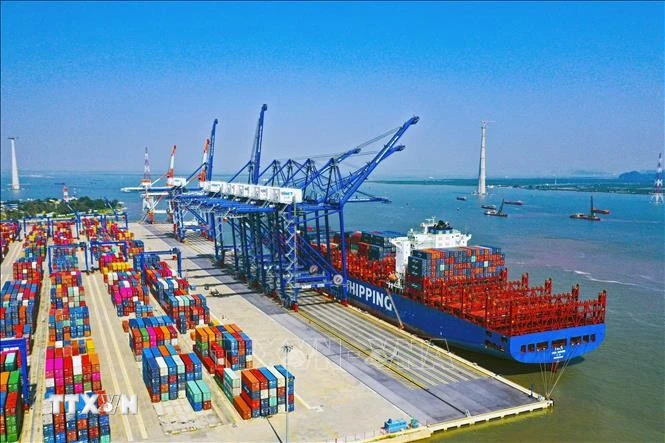
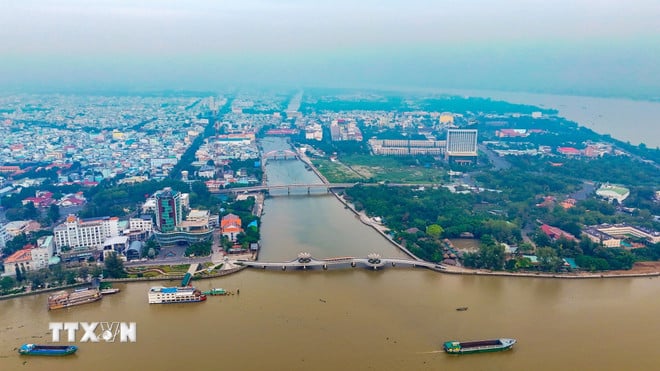


![[Photo] National Assembly Chairman works with leaders of Can Tho city, Hau Giang and Soc Trang provinces](https://vphoto.vietnam.vn/thumb/1200x675/vietnam/resource/IMAGE/2025/5/11/c40b0aead4bd43c8ba1f48d2de40720e)
![[Photo] Prime Minister Pham Minh Chinh chairs the fourth meeting of the Steering Committee for Eliminating Temporary and Dilapidated Houses](https://vphoto.vietnam.vn/thumb/1200x675/vietnam/resource/IMAGE/2025/5/11/e64c18fd03984747ba213053c9bf5c5a)
![[Photo] The moment Harry Kane lifted the Bundesliga trophy for the first time](https://vphoto.vietnam.vn/thumb/1200x675/vietnam/resource/IMAGE/2025/5/11/68e4a433c079457b9e84dd4b9fa694fe)

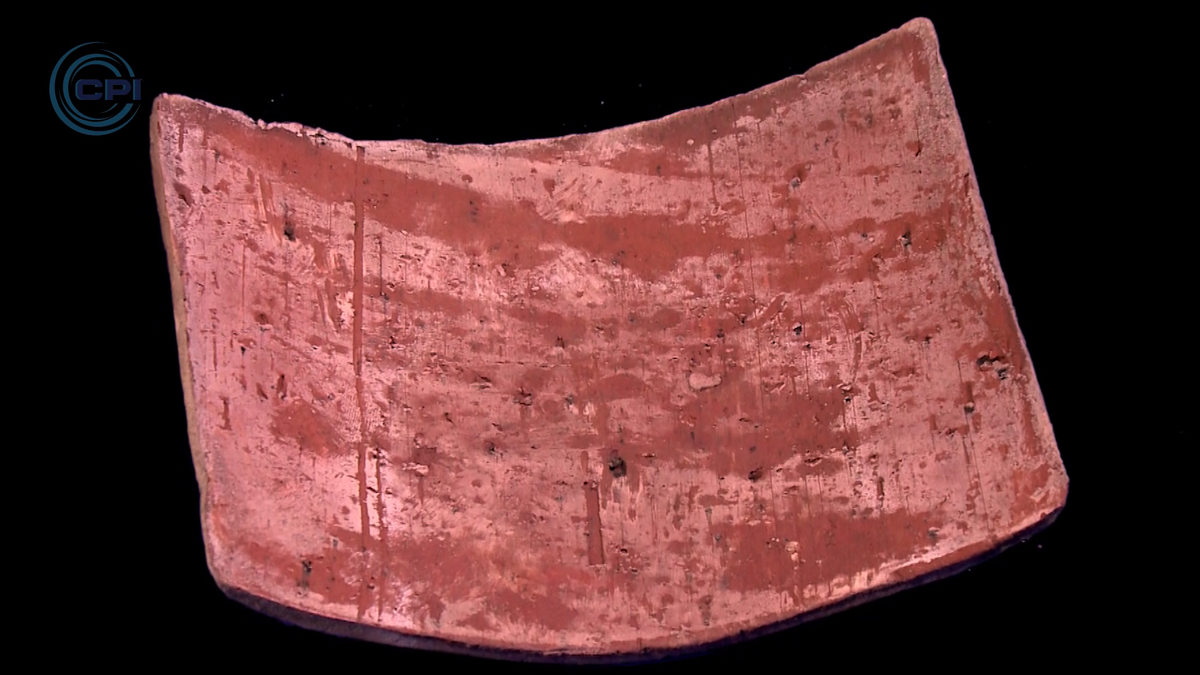





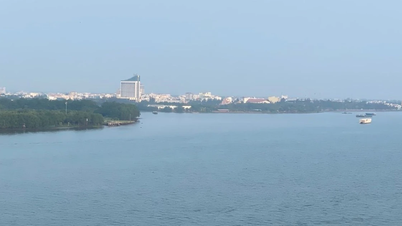





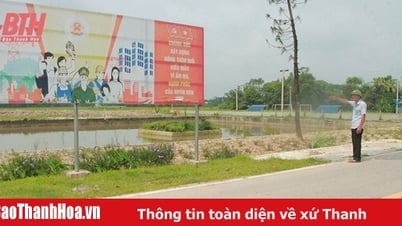




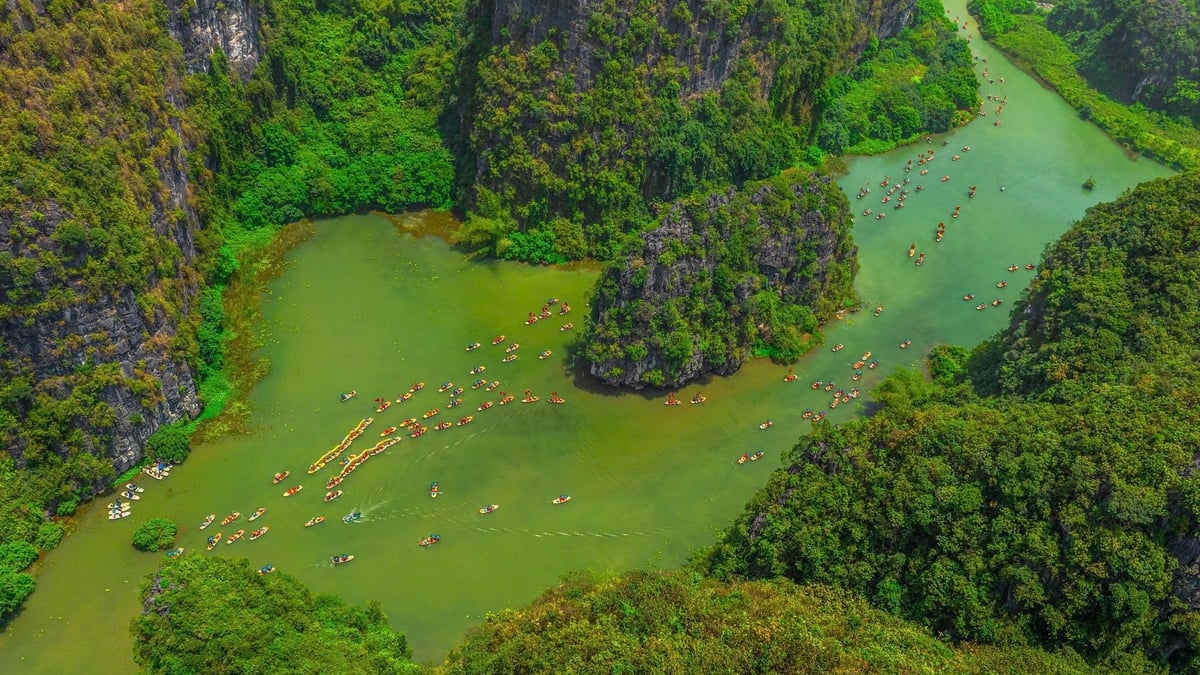





























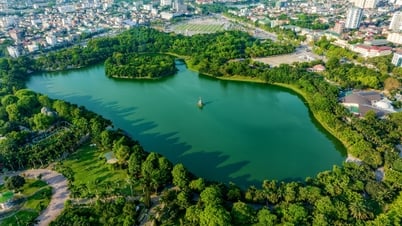
























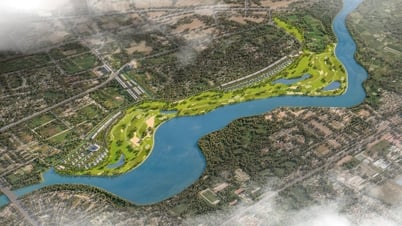











Comment (0)